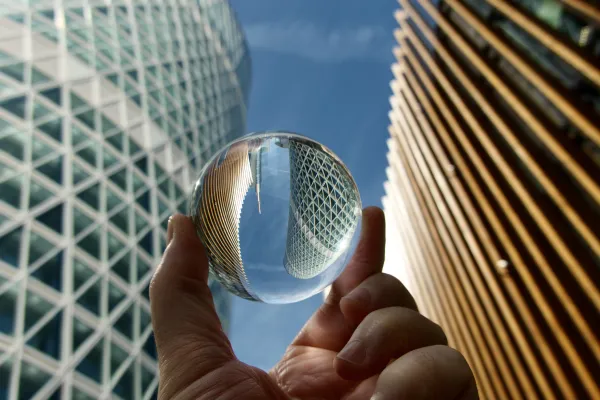To get back in line with their portfolio targets, allocators are selling their stakes in private market funds and driving down prices. But it’s not all bad news: investors can use the cash to invest in undervalued sectors.
The value of secondary deals led by private equity investors, or so-called limited partners, reached $56 billion last year, accounting for 52 percent of the total value of transactions, according to the latest PE secondary market report from Jefferies. It was the first time since 2019 that PE investors represented a larger share of the secondary market than general partners. GPs, which are the PE firms themselves, do secondaries to transfer companies into new funds, which puts less pressure on pricing. About 50 percent of LPs were first-time sellers in the market, up from only 25 percent in 2021, according to the report.
According to Jefferies, LPs are selling their fund stakes because their private equity allocations have grown too large relative to public markets. Since mid-2022, quarterly valuations of investors’ PE assets have fallen far less than their shrinking public portfolios. About 48 percent of LPs sold their PE assets because of overallocation concerns, according to the Jefferies report.
“Numerous LPs are experiencing negative net cash flows in their private equity programs, as capital calls outpace distribution activity, which will lead to an enhanced need for liquidity and, ultimately, increased secondary supply,” according to the report. “Many LPs who contemplated sales in 2022 remain overallocated and will likely bring portfolios to market in 2023.”
Pensions and sovereign wealth funds were the most active LP sellers in 2022, accounting for a total of 68 percent of LP deal value in the PE secondary market last year. Financial institutions and fund of funds followed with 16 percent and 9 percent, respectively, according to Jefferies.
The rising number of LP sellers has led prices to decline in the PE secondary market. According to the report, LPs were only able to sell their PE assets at an average of 81 percent of net asset value in 2022, a sharp decline from 92 percent of NAV from a year before.
“You are seeing investors more willing to take a discount today,” Cari Lodge, head of secondaries at CF Private Equity, told II in an interview. That’s because private company valuations have come down from their 2021 peaks. Lodge explained that if investors sell their PE stakes with vintage years before 2022 and reinvest the money into newer funds, they have the potential to make more money. She added that for many PE investors, it’s more important to take advantage of the attractive pricing in the private market today than to avoid selling assets at a discount.
“Recessions are often some of the best returning vintage years,” said Mark Hoeing, president of CF Private Equity. He added that LPs may use the cash they get from selling PE stakes to invest in start-up companies.
“As there’s a lot of fear in the market…it is a very good time to start new businesses and invest in early-stage companies.”







